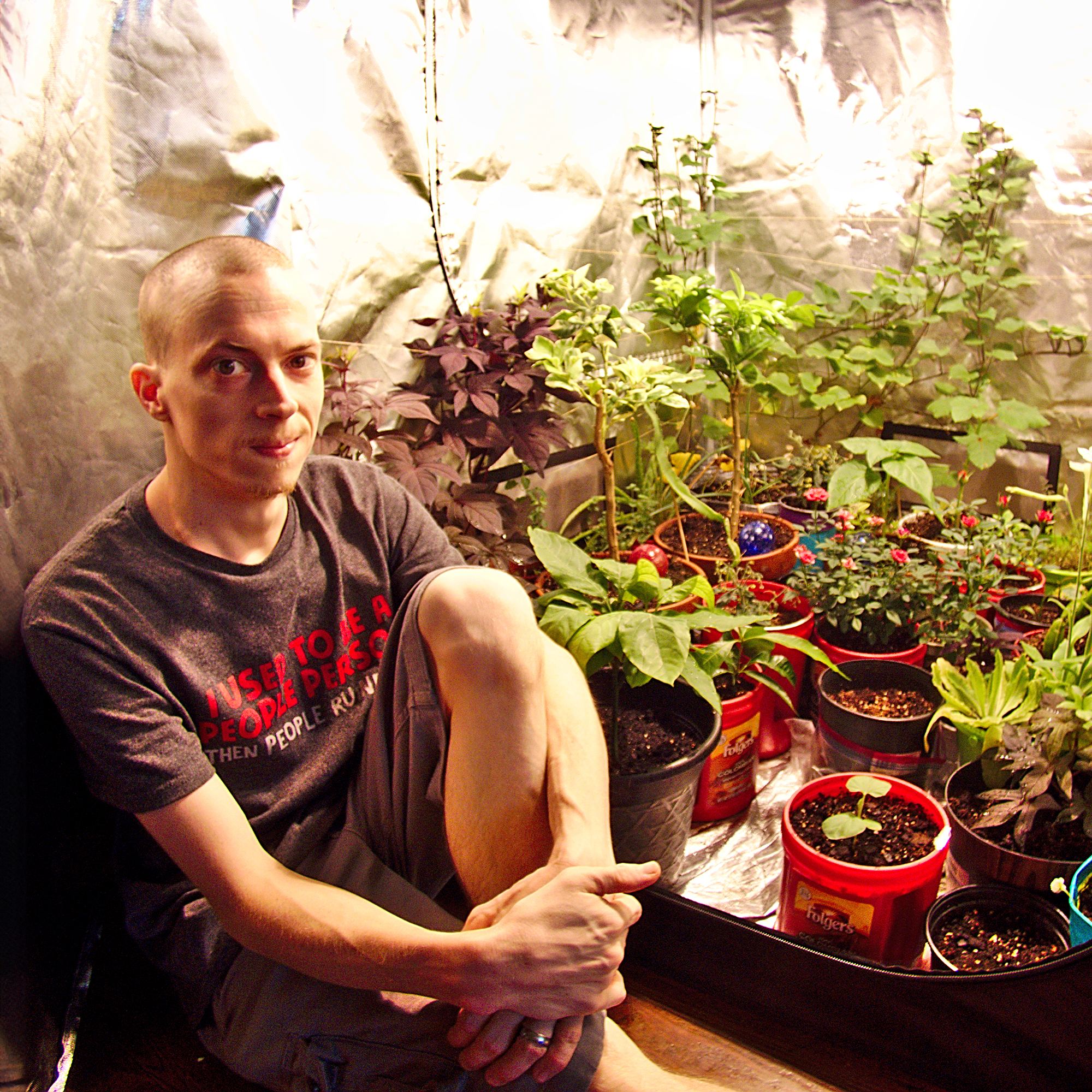Your Greenhouse Seed Starting Checklist: Tips for Strong Sprouts
Stop worrying about frost! This comprehensive guide breaks down the timing, materials, and techniques for successfully starting seeds in a greenhouse.


Imagine small seeds pushing through the soil while the frost still lingers outside. Using a greenhouse allows you to nurture them safely, building strong, healthy plants that will bring life, color, and fresh harvests to your garden as soon as the season turns.
Greenhouse gardening gives seedlings a safe place to stretch roots and leaves. Controlled warmth, gentle light, and careful watering help them start life strong, so they’re ready for the garden. Soggy soil or dim light can wreck a seed-starting run, and even a solid setup fails if the basics aren’t right. Proper greenhouse gardening keeps seeds safe from weather and pests.
Starting seeds properly sets plants up to grow strong. Get the essentials lined up, plant at the right moment, and tend to your seedlings with care. Those small steps now lead to lush, thriving crops later on.
The Benefits of Starting Seeds in a Greenhouse
Greenhouses block wind, rain, and bugs, keeping seeds safe. They let gardeners sow early – like sowing peppers in February. Warmth stretches growing seasons in cold zones. Controlled spaces cut down on sad patches where seeds rot or fail to sprout.

Choosing Seeds for Greenhouse Starting
Pick greenhouse vegetable seeds like lettuce, cucumbers, or tomatoes that love warm starts. Greenhouse flower seeds like zinnias or cosmos pop up quickly. Check packets for “greenhouse-friendly” notes. Skip slow seeds like lavender – they drag on too long for fast results.
When to Start Seeds in a Greenhouse
Timing matters. When starting seeds in a greenhouse, begin 6-8 weeks before your last frost and match it to your USDA zone. Zones 3-4? January is perfect. Zones 5-6, go February or early March. In zones 7-8, March works. Warmer zones can start just a few weeks pre-frost. Too soon and pots get crowded, too late and you lose your harvest. Get it just right and your seedlings will thrive.

Greenhouse Seed Starting Essentials
Grab flats or pots with drainage holes, seed-starting mix, and labels to track crops. A heat mat, like this one I use, keeps soil toasty. A continuous fine mist spray bottle mists gently. Grow lights, like these seedling starting LEDs, help in dim corners. A simple thermometer like this one checks temps. You can get them all on Amazon.
Sign up for the Gardening Know How newsletter today and receive a free copy of our e-book "How to Grow Delicious Tomatoes".
Use a coffee can for mixing small batches of growing medium. You should scoop three handfuls peat, one handful perlite, one handful vermiculite to make a loose mix that drains fast. It’s a good idea to grab 3-inch (7.5 cm) pots for tiny seeds like lettuce, and bigger 4-inch (10 cm) ones for tomatoes so roots don’t choke.

No Greenhouse? No Problem!
No full greenhouse? Build a DIY mini greenhouse. Try a plastic bin with a clear lid, or a cold frame outside. Indoor shelves with grow lights work fine. Cover pots with plastic wrap to trap humidity. Small setups start seeds without big costs.
Step-by-Step Guide for Starting Seeds in a Greenhouse
- Fill flats with seed-starting mix – garden soil clumps bad.
- Sow seeds at packet depth, about ¼ inch (0.5 cm).
- Cover light with mix. Press it down easy.
- Mist with a spray bottle till soil’s damp, not a swamp.
- Set on a heat mat, around 70-85 F (21-29 C).
- Cover with plastic till sprouts show up.
- Move to bright light or grow lights after they pop.
Ideal Conditions for Germination

Keep soil at 70-85F (21-29C) – check packets for exact needs. Mist to keep soil damp, but not soaked. Using spray bottles avoids washing seeds out. Give 12-16 hours of bright light to stop leggy seedlings. Crack vents or lift covers to keep mold away. Slapping a plastic cover on is a good idea to trap 70-80% humidity and make seeds pop quickly. You should hang grow lights 4-8 inches above sprouts to keep them short and stocky.
Caring for Seedlings
Thin seedlings to one per cell when second leaves (true leaves) show. Snip weak ones with scissors. Water every 2-3 days when soil’s dry – poke a finger in to check. Add diluted 5-5-5 fertilizer after 2 weeks. Watch for damping-off fungus. Having a small fan keeps air moving. It’s recommended to check for aphids – little green bugs sucking stems – and zap them with neem oil spray. You should cut water in chilly spring, add more in hot summer to keep sprouts happy.
Hardening Off and Transplanting

Harden off seedlings 7-10 days before transplanting. Set them outside in shade for a few hours, adding time daily. Skip windy or freezing days. Transplant after the last frost, when soil is warm. Dig holes to match roots, water deep, and mulch to hold moisture. You should spread bark or straw mulch to choke weeds and keep soil damp. It’s a good idea to wait till late May in zone 4 for safe planting.
Mistakes to Avoid
- Overwatering drowns seeds – feel soil before misting.
- Pots with no drainage kill roots fast.
- Skimping on light makes sprouts stretch and flop.
- Starting seeds in a greenhouse too early crowds pots tight.
- No hardening off shocks plants, stunting them badly.
- Poor ventilation invites mold, so keep air flowing.

Tyler’s passion began with indoor gardening and deepened as he studied plant-fungi interactions in controlled settings. With a microbiology background focused on fungi, he’s spent over a decade solving tough and intricate gardening problems. After spinal injuries and brain surgery, Tyler’s approach to gardening changed. It became less about the hobby and more about recovery and adapting to physical limits. His growing success shows that disability doesn’t have to stop you from your goals.